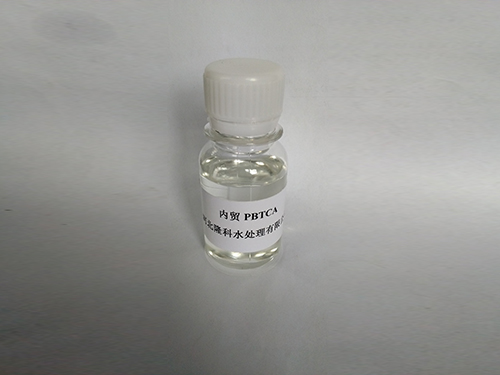diethylene triamine penta methylene phosphonic acid
Understanding Diethylene Triamine Penta (Methylene Phosphonic Acid) Applications, Benefits, and Environmental Impact
Diethylene Triamine Penta (Methylene Phosphonic Acid), commonly referred to as DTPMPA, is a versatile chemical compound that has garnered attention in various industrial applications due to its unique properties. This water-soluble phosphonic acid plays a significant role in chelation and scale inhibition, making it valuable in several fields, including water treatment, detergent formulation, and oilfield applications. In this article, we will explore the structure, functionality, applications, benefits, and the environmental considerations of DTPMPA.
Structure and Properties
DTPMPA is a synthetic organic compound characterized by its complex molecular structure. It consists of a diethylene triamine backbone with penta (methylene) phosphonic acid substituents. The presence of multiple phosphonic acid groups enables it to form stable complexes with metal ions, which is critical for its chelation properties. This functionality is essential in preventing scale formation and corrosion in various systems where water hardness and metal presence can be problematic.
Applications of DTPMPA
1. Water Treatment One of the most prominent applications of DTPMPA lies in water treatment processes. It is widely used as a scale inhibitor, dispersant, and corrosion inhibitor in cooling water systems and boilers. By chelating metal ions such as calcium and magnesium, DTPMPA effectively prevents the formation of scale deposits that can lead to reduced efficiency and increased maintenance costs.
2. Detergents In the detergent industry, DTPMPA serves as a powerful builder, enhancing the cleaning efficiency of surfactants. The ability of DTPMPA to bind metal ions helps to soften water, allowing detergents to work more effectively in removing dirt and stains from fabrics.
3. Oilfield Applications In the oil and gas sector, DTPMPA is used to control scale deposition and corrosion in pipelining systems. It plays a crucial role in enhancing the efficiency and safety of various extraction and transportation methods by mitigating the adverse effects of mineral buildup.
4. Agricultural Applications DTPMPA is also utilized in agriculture, where it can act as a chelating agent for micronutrients, facilitating their availability to plants. This enhances nutrient uptake and results in improved crop yields.
diethylene triamine penta methylene phosphonic acid

Benefits of DTPMPA
The advantages of using DTPMPA extend beyond its multifunctional applications
. Some of the key benefits include- Environmental Compatibility DTPMPA is often considered more environmentally friendly compared to traditional phosphates. Its biodegradability and lower toxicity profile contribute to its acceptance in eco-sensitive applications.
- Efficiency Its strong chelation capabilities allow for effective performance even at low concentrations, making it a cost-effective solution for various applications.
- Versatility The ability of DTPMPA to function across diverse industries, from water treatment to agriculture, underscores its adaptability and widespread applicability.
Environmental Considerations
Despite its advantages, the use of DTPMPA is not without concerns. While it is seen as a more sustainable alternative to some phosphates, the impact of its widespread use still requires careful consideration. The release of phosphonic acids into the environment, particularly in aquatic ecosystems, can lead to an increase in nutrient loading, which may contribute to algal blooms and subsequent eutrophication. Therefore, monitoring and regulation are crucial to mitigate these potential risks.
Conclusion
Diethylene Triamine Penta (Methylene Phosphonic Acid) is a multifaceted chemical compound that demonstrates significant utility across various industries, including water treatment, detergents, and oilfield applications. Its strong chelation properties, environmental compatibility, and efficiency make it a valuable asset in modern chemical applications. However, it is imperative to balance its benefits with environmental responsibilities, ensuring that its use aligns with sustainability goals. As research continues to evolve, DTPMPA remains a prime example of how innovative chemistry can address industrial challenges while promoting a more sustainable future.
-
Water Treatment with Flocculant Water TreatmentNewsJun.12,2025
-
Polymaleic AnhydrideNewsJun.12,2025
-
Polyaspartic AcidNewsJun.12,2025
-
Enhance Industrial Processes with IsothiazolinonesNewsJun.12,2025
-
Enhance Industrial Processes with PBTCA SolutionsNewsJun.12,2025
-
Dodecyldimethylbenzylammonium Chloride SolutionsNewsJun.12,2025





